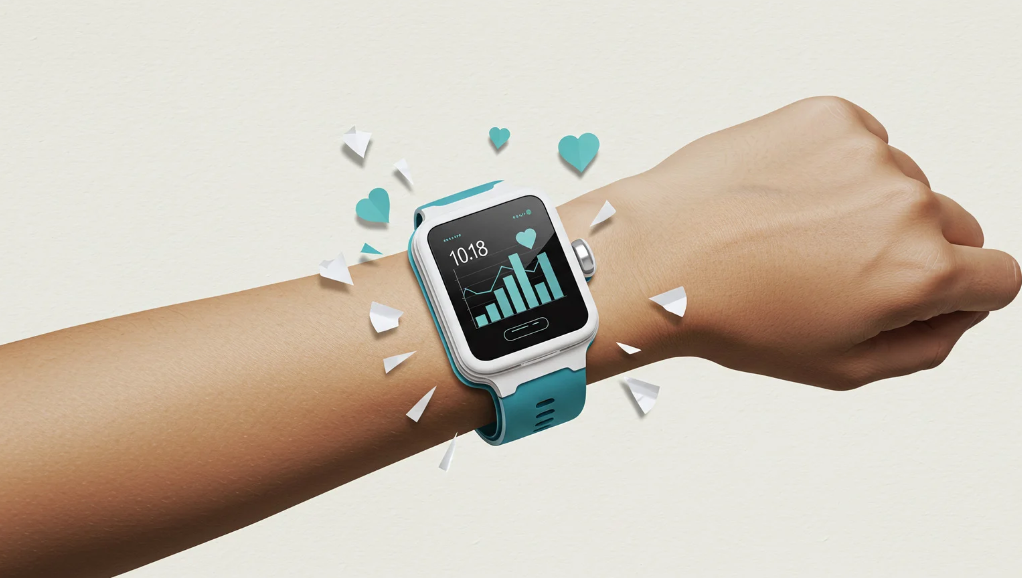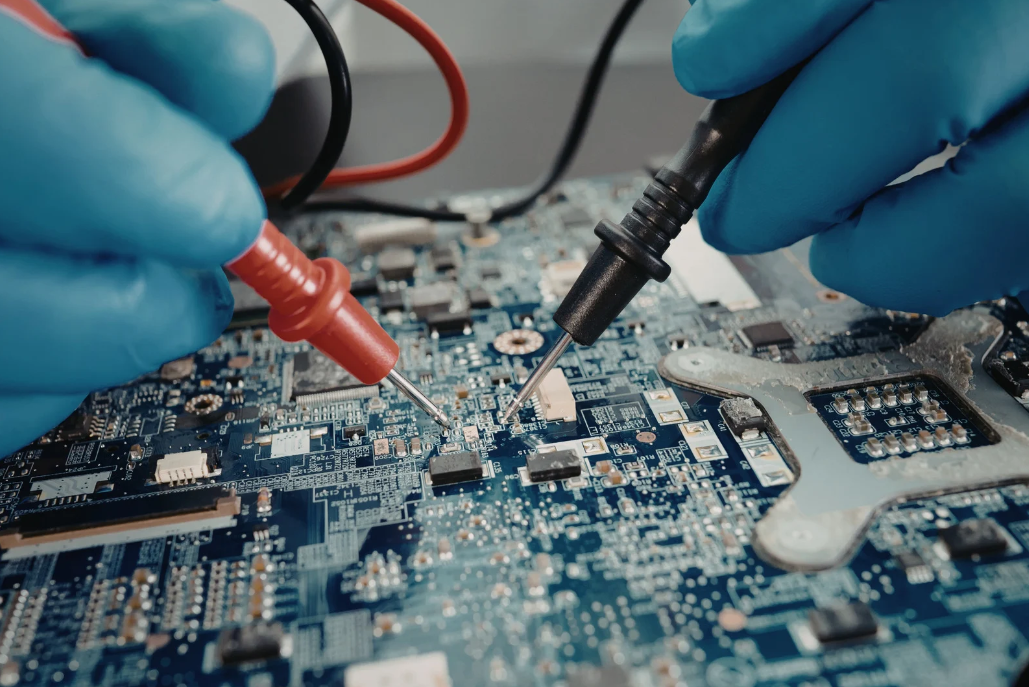Alright, let’s talk about some of the big names in the piezoelectric game. It’s not just about knowing what these devices do, but also who’s making them and pushing the tech forward. There are a bunch of companies out there, but a few consistently pop up when you’re looking for quality and innovation.
Global Presence of Piezoelectric Manufacturers

United States Market Share
Okay, so when you look at where piezoelectric manufacturers are located, the United States is a big player. I mean, you’ve got companies all over, but a good chunk of the market is right here. It’s not just about having companies based here; it’s about the tech and innovation that comes out of the U.S. market. The U.S. market share reflects a strong domestic demand and a history of innovation in piezoelectric technology.
Japan’s Role in Manufacturing
Japan is another major hub for piezoelectric device manufacturing. They’ve been in the game for a long time, and their expertise is pretty impressive. It’s not just about making stuff; it’s about precision and quality. Japanese manufacturers are known for their attention to detail, which is super important when you’re dealing with tiny, sensitive components. They are also known for piezoelectric actuators.
Emerging Global Players
It’s not just the U.S. and Japan anymore. There are other countries stepping up their game in the piezoelectric market. Think about places like China, South Korea, and some European countries. They’re investing in research and development, and they’re starting to produce some really competitive products. It’s making the whole market more interesting, that’s for sure.
The rise of emerging global players in the piezoelectric market is driven by factors such as lower manufacturing costs, government support for technology development, and increasing demand from local industries. This shift is creating a more competitive landscape and pushing established manufacturers to innovate and adapt.
Here’s a quick look at how things are shaping up:
- Increased investment in R&D in Asian countries.
- Growing demand from the automotive and consumer electronics sectors.
- More competition leading to lower prices and faster innovation.
Custom Piezoelectric Solutions by Leading Manufacturers
It’s not always enough to just buy something off the shelf. Sometimes, you need something made exactly for your project. That’s where custom piezoelectric solutions come in. Several manufacturers specialize in creating piezoelectric components tailored to specific needs. Let’s look at a few.
Piezo Direct’s Custom Offerings
Piezo Direct really focuses on custom work. They’ve been doing this for a while, partnering with big names across different industries. They don’t just sell parts; they help design and build them. They work in commercial, medical, aerospace, and industrial fields. They can create custom piezo actuators, sensors, and transducers. If you need something specific, they’re a good place to start.
Getting a custom solution can be more expensive and take longer than buying something standard. However, it can be worth it if you need something that performs exactly to your specifications. It’s important to work with a manufacturer that has the experience and expertise to deliver what you need.
Here are some reasons to consider a custom solution:
- You need a specific size or shape.
- You need a specific material.
- You need a specific performance characteristic.
- You need a unique integration solution.
Top Industries Relying on Piezoelectric Suppliers
Piezoelectric materials are pretty important across a bunch of different industries. They’re used to make devices that can switch mechanical energy into electrical energy, and the other way around. It’s a neat trick, and it makes them super useful.
Medical Industry Applications
In the medical world, piezoelectric components are a big deal. Think about ultrasound machines – they rely on these components for imaging. Surgical tools also use them for precise treatments. Basically, they’re indispensable for modern healthcare.
Aerospace Applications
The aerospace industry uses piezoelectric materials in sensors and actuators on aircraft. These help monitor and control different systems, which is pretty important for keeping flights safe and efficient. They’re used for things like vibration monitoring and controlling wing flaps. These aircraft sensors are critical for flight safety.
Industrial Machinery Integration
Piezo crystals are also key players in industrial machinery. They show up in actuators, sensors, and transducers. These components help machines run smoothly, and they’re used in tasks like precision cutting, welding, and even in making piezoelectric generators. They’re also used for non-destructive testing, which helps keep industrial equipment in good shape.
Piezoelectric materials are used in a wide range of applications, from automotive to healthcare, IT, telecom, consumer goods, aerospace, and defense. Their versatility makes them essential across many sectors.
Innovations in Piezoelectric Technology
Advanced Materials Development
Piezoelectric tech is always getting better, and a big part of that is thanks to new materials. Researchers are constantly looking for stuff that’s more efficient, more durable, and can work in a wider range of conditions. Think about it: the better the material, the better the piezoelectric effect. These advanced materials are key to unlocking new applications and improving existing ones. For example, some new ceramics can handle higher temperatures, which is great for industrial uses.
Miniaturization Trends
Everything’s getting smaller, right? Piezoelectric devices are no exception. Making these devices tiny opens up a whole new world of possibilities, especially for things like wearable tech and medical implants. Imagine tiny sensors that can monitor your health or power themselves using your body’s movement. That’s the direction things are headed. Recent advances in piezoelectric wearable energy harvesting technology are making it possible to harness biomechanical energy more efficiently.
Energy Harvesting Solutions
One of the coolest things about piezoelectricity is its potential for energy harvesting. Basically, it’s about turning mechanical energy – like vibrations or pressure – into electricity. This could be a game-changer for powering small devices or even supplementing larger energy systems. It’s all about finding ways to capture wasted energy and put it to good use. The amount of electricity generated will be about 10 Wsec for the planned demonstration experiment in 2008-2009.
Piezoelectric innovations will shape our future by promoting sustainability and laying the groundwork for new applications. It’s not just about making things smaller or more efficient; it’s about creating a more sustainable and energy-independent world.
Choosing the Right Piezoelectric Manufacturer
Okay, so you’re in the market for a piezoelectric manufacturer. It’s not like buying a toaster, right? There’s a lot to think about. You want to make sure you’re getting the best fit for your project, and that means doing a little homework. Finding the right partner can really make or break your project.
Factors to Consider for Selection
First off, think about what you actually need. What kind of piezoelectric device are you looking for? What are the specs? Don’t just jump at the first shiny thing you see. Consider these points:
- What’s your budget? Don’t just look at the initial price. Think about the long-term value. Will cheaper components end up costing you more in the long run with replacements and repairs? It’s worth considering the long-term value.
- What’s the manufacturer’s experience? Have they been around the block a few times? Do they specialize in what you need, like durable and high-voltage piezoelectric crystals?
- Do they offer customization? Sometimes off-the-shelf just won’t cut it. Can they tweak things to meet your exact needs?
Importance of Experience and Reputation
Experience matters. A company that’s been doing this for a while has probably seen it all and knows how to handle problems. Reputation is also key. Check out what other people are saying. Look for reviews, ask for references. A good reputation usually means they’re doing something right. It’s also important to check if they comply with industry standards and certifications.
Assessing Product Range and Quality
What kind of products do they offer? Do they have a wide range, or are they more specialized? Neither is necessarily bad, but it’s something to think about. Also, how’s the quality? Do they have quality control processes in place? Do they test their products? You don’t want to end up with a bunch of duds. Make sure they have a dedicated team to assist you with any concerns.
Choosing a manufacturer isn’t just about the product itself. It’s about the whole package. It’s about finding a partner you can trust, who will be there to support you throughout the process. It’s about making sure you’re getting the best possible value for your money.
Here’s a quick table to help you compare potential manufacturers:
| Factor | Manufacturer A | Manufacturer B | Manufacturer C |
| Price | $$ | $$$ | $ |
| Experience | 5 years | 20 years | 10 years |
| Customization | No | Yes | Limited |
| Customer Support | Good | Excellent | Average |
| Product Range | Limited | Wide | Specialized |
| Quality Control | Average | Excellent | Good |
Picking the right company for your piezoelectric needs is super important. You want a partner who really knows their stuff and can deliver exactly what you need. We’re experts in making custom piezoelectric parts that fit your project perfectly. Want to learn more about how we can help? Get a quote from us today!
Wrapping It Up
So, that’s a quick look at some of the big names in making piezoelectric stuff. Each company brings its own strengths to the table, whether it’s making custom parts or having a huge selection of products. These companies are really important for pushing technology forward in lots of different areas. Think medical devices, factory machines, or even the electronics we use every day. The smart people at these places make sure we have good quality piezoelectric parts for all sorts of needs. As more and more things start using this technology, these manufacturers are in a good spot to keep leading the way. They really care about making good products and keeping their customers happy.
Frequently Asked Questions
What exactly are piezoelectric devices?
Piezoelectric devices are pretty cool! They’re special gadgets that can turn pressure or movement into electricity, and also turn electricity back into movement or sound. Think of them like tiny energy changers.
How do piezoelectric devices actually work?
These devices use certain materials, like special crystals or ceramics, that create an electric charge when you squeeze or bend them. It’s like magic, but it’s really just physics! They can also vibrate when you put electricity through them.
Where are piezoelectric devices commonly used?
Piezoelectric devices are super useful! You can find them in everything from medical ultrasound machines that let doctors see inside your body, to the tiny speakers in your phone, and even in sensors that help cars park themselves. They’re all over the place!
What should I consider when choosing a piezoelectric manufacturer?
When picking a manufacturer, it’s smart to look at how much experience they have, what other people say about them (their reputation), and if they make the specific kind of piezoelectric product you need. You want someone reliable!
What new things are happening in piezoelectric technology?
The future of this technology looks really exciting! Scientists are working on new, even better materials, making devices smaller and smaller, and even figuring out ways to grab energy from everyday movements, like walking, to power things.
Which countries are known for making piezoelectric devices?
The United States and Japan are big players, making a lot of these devices. But other countries are also starting to get into the game, so the market is growing and changing all the time.



